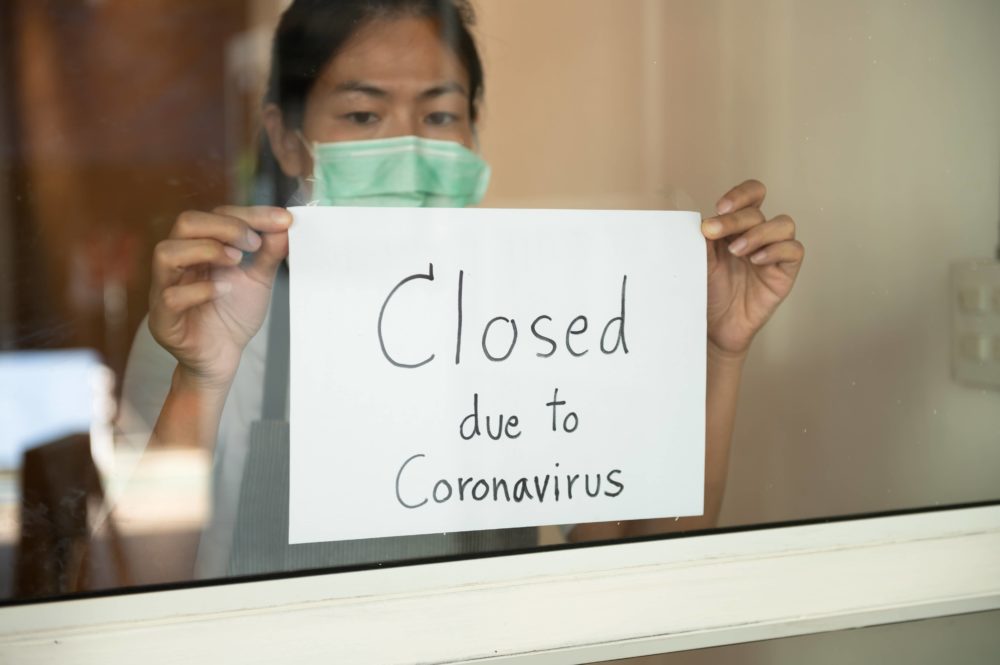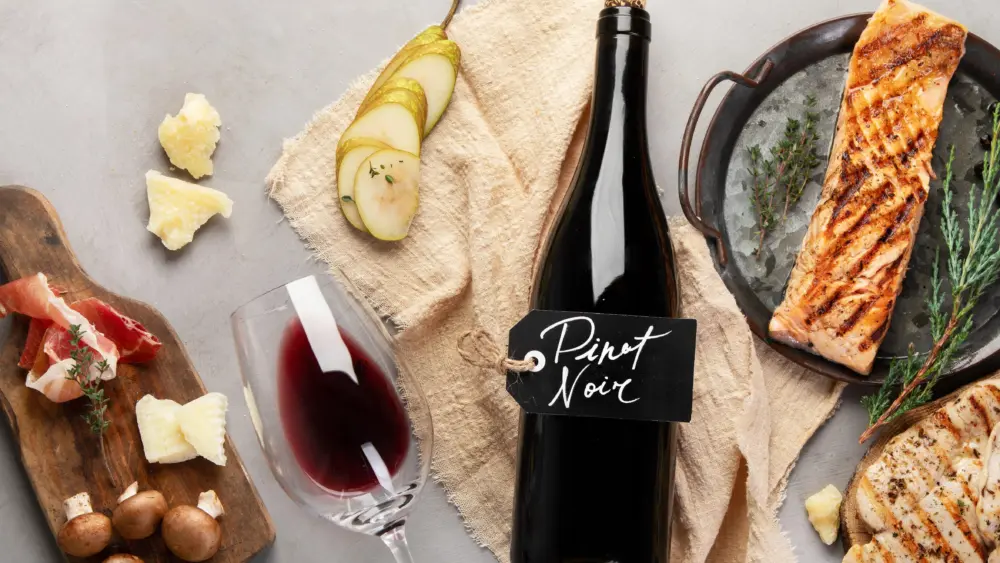
Food and wine go hand and hand, and so, too, do restaurants and the wine industry. The pandemic has hit many businesses hard, but perhaps none harder than the food-service sector. The end result is fewer restaurants, shorter wine lists and a dearth of folks with varying levels of wine expertise looking for work.
At the start of 2020, the industry in America employed more than 15 million people and had nearly $900 billion in sales, according to the National Restaurant Association (NRA). By October, more than 110,000 eateries had shuttered their doors for good, and nearly 20 percent of the jobs within the sector were lost, and millions of more workers were furloughed. As I write this in December, new COVID-19 restrictions due to a surge in cases have resulted in the cessation of both indoor and outdoor dining in the region. Estimates from the NRA now suggest that nearly another 3 million eateries might close in the next few months. That means nearly half of the restaurants that existed at the start of the year may no longer be in business by the second quarter of 2021.
And while this is a devastating and dire prediction that will cause immense suffering to those who have lost their livelihoods within the food-service industry, the downstream effects on other industries, such as wine, will be felt for decades.
The synergy between the restaurant and wine industries goes far beyond just selling bottles of wine. Small producers with limited marketing resources often attempt to use placement of their brands within upscale eating establishments to gain a halo effect for their wines. The idea is if a wine is good enough for such-and-such restaurant it must be a high-quality wine, and that gains them access to potential new customers.
Increasing sales of bottles of wine by placing them into a restaurant is not as easy as it might sound to the uninitiated, however. There is an ever-increasing amount of competition, and to get wine on a by-the-glass program there are strict pricing limits. For example, it must normally be sold to the restaurant for no more than $200 per case.
In my former life as a vintner, when I first tried to sell my own wine at restaurants I created a list of the top-rated restaurants in Northern California and then started making calls. I had some personal contacts, given my previous experience as a chef, but in general, I cold-called and then worked my way through various levels until I found the person who made the purchasing decisions. Most of the time these early discussions resulted in setting up meetings to taste sometime in the future—often months down the road. When the tasting eventually happen—often having been delayed one or two times—the buyer, even though they “loved” the wine, was unable to place it on the menu until a spot on the wine list freed up.
On the top of my target list was the French Laundry in Yountville. It turns out they are at the top of the list of nearly every wine salesperson in the world. After two years of effort, I finally got an order. When the email came in, I was giddy and anticipated how I might leverage such a placement with my existing and future customers—“Oh, yes, of course we’re on the French Laundry’s wine list”—or get plenty of additional customers who had the wine while at dinner and then might pick up their phones and call to place an order.
When I opened the email it read, “I’ll take six.”
I was floored. Not only did they want one of my wines, but they were going to purchase a case of each of my six different offerings! I was over the moon, so I immediately called the buyer.
“I’ll drive over six cases to you right away,” I said, the excitement in my voice clearly audible.
There was a long pause. “Six bottles,” he said.
“Six bottles,” I repeated, slowly and a little unsteadily.
They never placed an order for my wine again, but years later I heard from a friend who can afford to eat at the French Laundry that the wine was still on the list. She even purchased a bottle and raved to the sommelier how good it was. The sommelier smiled.
“Oh yes, a local producer,” he said. “It’s a very fine wine indeed, especially now that it has some age on it.”
Author
-

Tim Carl lives, writes and teaches in Calistoga. He grew up in St. Helena and traces his Calistoga grape-growing roots back five generations. You can reach him at tcarl@northbaybiz.com.
View all posts



